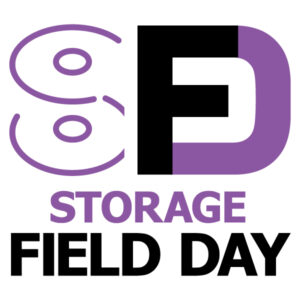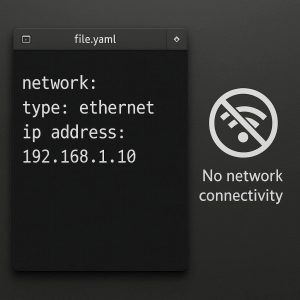This was one of my favourite presentations. These guys are not messing around, their product is important to them and their message was clear that they mean business. Not only did the panel provide good feedback during the session, but conversations continued afterwards, and this showed that they really cared about the community’s thoughts and ideas.
So, who are Nasuni and what do they do? Well, that is a very good question. Nasuni has built their product from the ground up, they provide a cloud and on-premises Global Object File Storage system running on their patented UniFS file system. Nasuni’s main focus is on the ever-growing size of files from Photoshop to Autocad, Audio to UltraHD films and more while storing them in a central location in the cloud to provide quick and efficient access, as well as file redundancy. The architectural layout behind this global object storage is a hub and spoke approach where there is a central location that maintains the “Cold” storage and then each spoke is the branch\remote office accessing the files. Each office can have either a virtual or physical Nasuni appliance for caching to allow “hot” files to be accessed much quicker, while integrating with AD or LDAP for security.
Nasuni believe that storage requirements are increasing dramatically for individual files and that there should be no limits on whether or not those files can be stored, regardless of their size. UniFS has no limits on; maximum file size, number of files per volume, total volume size or the number of snapshots on a volume. All these open limits aid in the success of Nasuni, along with their file collaboration technology.
The on-premises cache appliance allows users to pre-seed the files from the global object storage so that they are available when the user will require access. For example, if there is a 4GB file that is required Monday morning, the user can start the pre-seed on Sunday. EA Games proved that Nasuni can make a significant difference in how their organization works with files by going from only testing approximately 3 game builds per day to more than 100. The appliance also holds onto the changes and the files requiring upload when the link to the global system is down.
Each file is deduped and compressed, while encrypted with a client-controlled key to ensure data is transferred optimally and securely. When the file is in use, it is locked and advises the next user of the locked file, once released, the file will remain locked for a short additional amount of time to ensure that it has replicated back to the global repository and confirmed before being available for the next person.
If you’re organisation has multiple offices and you’re looking at centralising your files, whether small or large, I highly recommend checking out more on what Nasuni has to offer.
See below for the presentations from Storage Field Day 16, both the overview and technical deep dive.
Overview:
[vimeo 277731640 w=640 h=360]
Technical Deep Dive
[vimeo 277732048 w=640 h=360]






1 thought on “Nasuni – Global Object File Storage on Steroids – #SFD16”